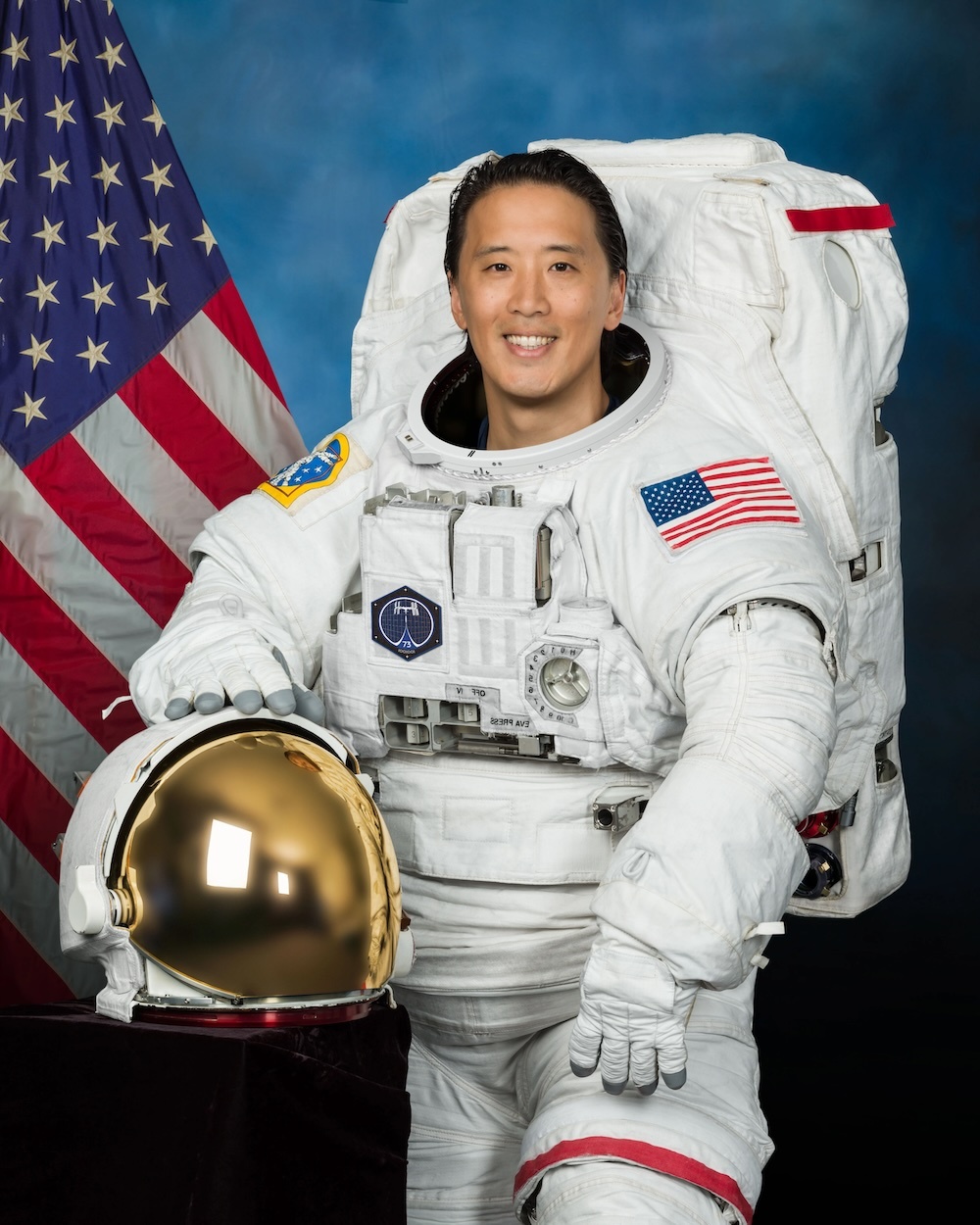30.09.2024

During his first mission to the International Space Station, NASA astronaut Jonny Kim will serve as a flight engineer and member of the upcoming Expedition 72/73 crew.
Kim will launch on the Roscosmos Soyuz MS-27 spacecraft in March 2025, accompanied by Roscosmos cosmonauts Sergey Ryzhikov and Alexey Zubritsky. The trio will spend approximately eight months at the space station.
While aboard the orbiting laboratory, Kim will conduct scientific investigations and technology demonstrations to help prepare the crew for future space missions and provide benefits to people on Earth.
NASA selected Kim as an astronaut in 2017. After completing the initial astronaut candidate training, Kim supported mission and crew operations in various roles including the Expedition 65 lead operations officer, T-38 operations liaison, and space station capcom chief engineer.
A native of Los Angeles, Kim is a United States Navy lieutenant commander and dual designated naval aviator and flight surgeon. Kim also served as an enlisted Navy SEAL. He holds a bachelor’s degree in Mathematics from the University of San Diego and a medical degree from Harvard Medical School in Boston, and completed his internship with the Harvard Affiliated Emergency Medicine Residency at Massachusetts General Hospital and Brigham and Women’s Hospital.
For more than two decades, humans have lived and worked continuously aboard the International Space Station, advancing scientific knowledge, and making research breakthroughs not possible on Earth. The station is a critical testbed for NASA to understand and overcome the challenges of long-duration spaceflight and to expand commercial opportunities in low Earth orbit. As commercial companies focus on providing human space transportation services and destinations as part of a robust low Earth orbit economy, NASA is able to more fully focus its resources on deep space missions to the Moon and Mars.
Quelle: NASA
